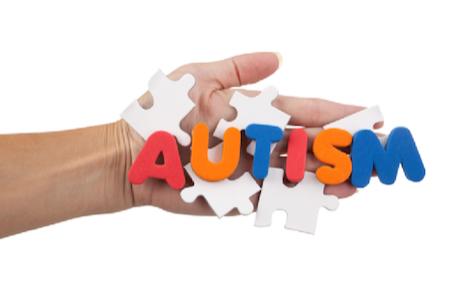12-17 year old adolescents are struggling with bullying, mental health issues and the challenges of schooling, according to a startling new research by Autism Spectrum Australia (Aspect).
The “We Belong Too: the experiences, needs and service requirements of adolescents with autism spectrum disorder” report showed 3-in-4 autistic teens have difficulty paying attention and concentrating in class.
The report shows a need for more information about the needs of children with autism with 65% of parents saying educators are not well informed about condition.
“Our 2011 survey told us adolescence was defined by interrupted school pathways, relentless bullying and discrimination, and unmet education needs, which meant most adults were highly unlikely to find employment,” said the newly appointed Director of Aspect Practice, Dr Debra Costley.
“Australia will lose out if our next generation of young people has the same trouble entering the workforce, and indicators from this 2013 We Belong Too report are not promising,” she said.
This is the first time adolescents with autism have been directly surveyed in a study of this scale, along with parents, to create a statistically sound profile of the life experiences, aspirations and future support needs of this growing group of young Australians with autism spectrum disorder (ASD).
100 adolescents with high functioning autism, and 65 parents, across Australia took part in the study between November 2012 and June 2013.
The study highlighted the demand for more ASD-friendly hobbies and sport groups for adolescents with 1-in-2 teens belonging or wanting to belong to one.
“Over the last 15 years there has been a growing number of people with autism,” says Aspect CEO Adrian Ford.
“The prevalence among children and young people is now one in 100. This means there are an estimated 230,000 people with autism in Australia.”
“There is a huge international research effort going into the causes of autism. This is vitally important work. However, there is nowhere near the same effort being put into the best possible services and practices that will help the 230,000 people living with autism in Australia right now.”

















__small.png)










